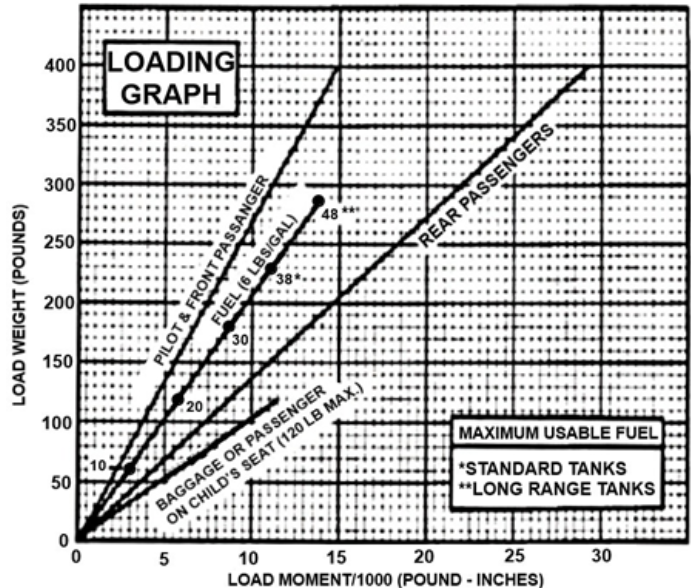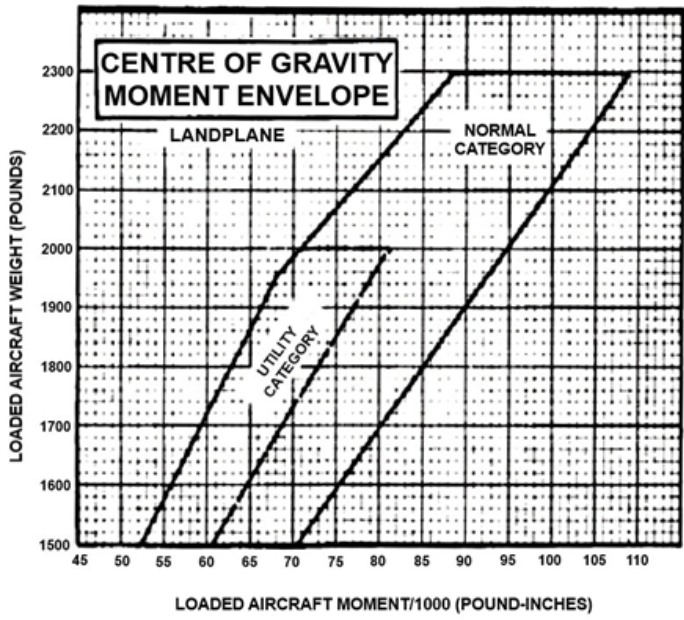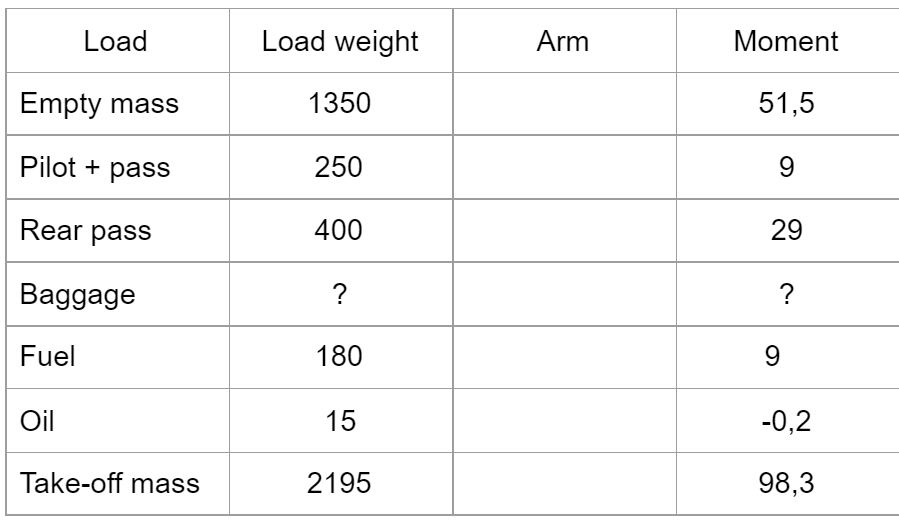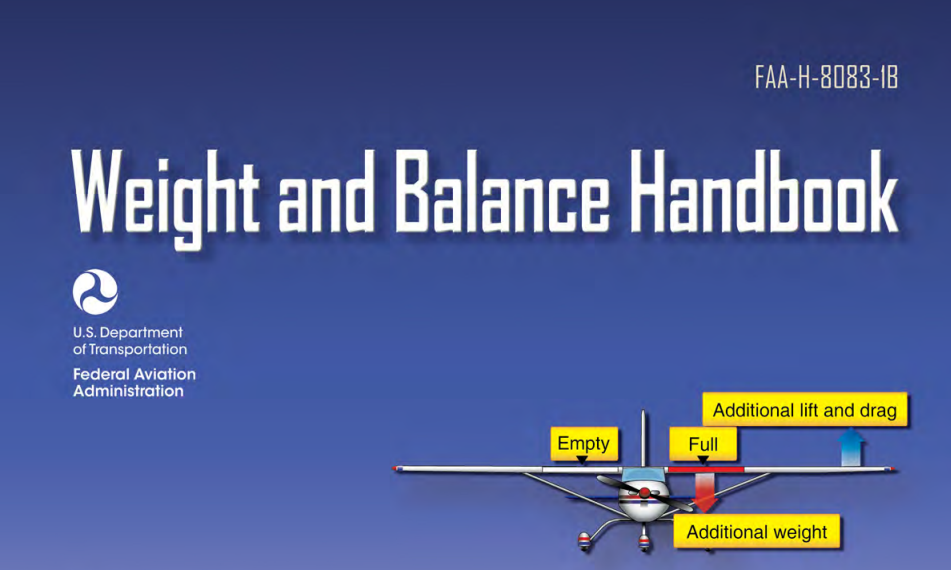Effective strategies for tackling these questions
Flight performance and planning exams often present challenges, especially when it comes to weight and balance questions. In this guide, we’ll delve into effective strategies for tackling these questions, ensuring you’re well-prepared to ace the exam.
Navigating the Time Constraint
In the Flight performance and planning exam, you’ll encounter weight and balance questions that demand your attention within a limited timeframe. With 16 questions to be answered in just 35 minutes, time management is crucial. You have approximately two minutes per question, but there’s a strategic twist to enhance your efficiency.
Balancing Act: Time Allocation Strategy
Prioritize knowledge-type questions, completing them in under two minutes. By swiftly addressing these questions, you’ll create a time buffer for more complex problems, such as weight and balance scenarios. This strategic allocation ensures you have the necessary time to unravel intricate challenges.
Unravelling a Weight and Balance Challenge
Let’s dissect a typical weight and balance problem that might appear in the exam:
What is the maximum amount of baggage that may be loaded aboard the normal category airplane for CG to remain inside proper limits?
Empty mass 1350 lb and moment 51.5 (lb in)
Pilot and front passenger 250 lb
Rear passengers 400 lb
Fuel 30 US gal
Oil 8 qt -0.2 (lb in)
- 90 lbs.
- 105 lbs.
- 75 lbs.
- 120 lbs.
You are given two graphs to solve this problem. The loading graph (table 1) and the centre of gravity moment envelope (table 2).


Step 1 Summarise all the weights and moments.
First, set everything up in a table to get the overview. Fill in the Empty mass and the corresponding moment, and then use the loading graph (table 1) to find the moments for the other load weights.
You can see a 30 mark on the graph for the fuel, which corresponds to 180 lb (6 lb/gal).
So after summarising all the weights and all the moments, you should get a take-off mass of 2195 lb and a moment of 98,3 lb in.
It is often difficult to read the exact numbers of a lousy copy of these graphs, so accept that the answers may differ. If it is not exactly equal to the answers in the multiple-choice questions, choose the closest one.

Step 2 Check how much extra weight you may add.
Now you can see there is a difference of 105 lb between your current take-off mass (2195 lb) and the maximum take-off mass (2300 lb), as shown on top of the graph in the centre of gravity moment envelope (table 2).
That means you can add on 105 lb of baggage. But you have to check if you are still within the Normal Category limits on the centre of gravity moment envelope (table 2).
Step 3 Check you are within the centre of gravity limits.
You can see that the load moment for 105 lb of fuel in the loading graph (table 1) is 10,5 lb in
Subtract total moment from max loaded aircraft moment in table 2, 109 in lb – 98,3 = 10,7 in lb
So you are within limits and may add 105 lb of baggage.
This aeroplane is most likely an older Piper Warrior of some kind. Search for PA-28-161 Warrior on google, and you will find many complete copies of flight manuals to download.
If you want to learn the subject of weight and balance well, you should download the FAA weight and balance handbook from this link and the Pilot’s Handbook of Aeronautical Knowledge.
Pay attention to Chapter 10 Use of Computer for Weight and Balance Computations. This is where you find all the goodies.
https://www.faa.gov/regulations_policies/handbooks_manuals/aviation/
https://www.faa.gov/regulations_policies/handbooks_manuals/aviation/phak/

And by the way, what is the difference between mass and weight? Just search for that on Google, and you will find plenty of information on the subject.
Here are some more questions for you:
The manufacturer sets C of G limits, and they:
- Are mandatory.
- Have only a forward limit.
- Have only an aft limit.
- Are a guide only.
The Maximum Take-off Mass of an aircraft may be limited by:
- Structural design load limits and/or altitude and temperature.
- The airworthiness condition of the aircraft.
- The authorised performance category of the aircraft, i.e. utility / normal / aerobatic.
- All answers are correct.
An aircraft loaded so that its C of G is beyond its forward limit will:
- Require less effort to flare when landing.
- Have both an increased longitudinal stability and stalling speed.
- Require less effort to rotate on take-off.
- Have both an increased range and endurance.
Which one of the following statements concerning the mass and balance
calculation is correct?
- Moment = force x arm
- Force = arm / moment
- Moment is the distance of the effect of the force from the GC of the aeroplane
- The arm and the moment of a load placed at the GC are both zero
Your aircraft has an oil reservoir with a capacity of 3 imp/gal which is positioned 20 inches aft of the datum. Given that the oil weighs 9.1 lbs/gal, the reservoir will possess a moment of:
- 546 lb in.
- 27.3 lb in.
- 182 lb in.
- 60 lb in.
Take-off Mass of = 2353 lbs.
Calculated C of G for departure = 89.75 inches aft of the datum.
Estimated fuel burn = 200 lbs with a C of G 85.00 inches aft of datum.
What will be the position of the C of G on landing?
- 105.98 inches aft of the datum.
- 96.97 inches aft of the datum.
- 90.19 inches aft of the datum.
- 82.52 inches aft of the datum.
Enjoy the summer